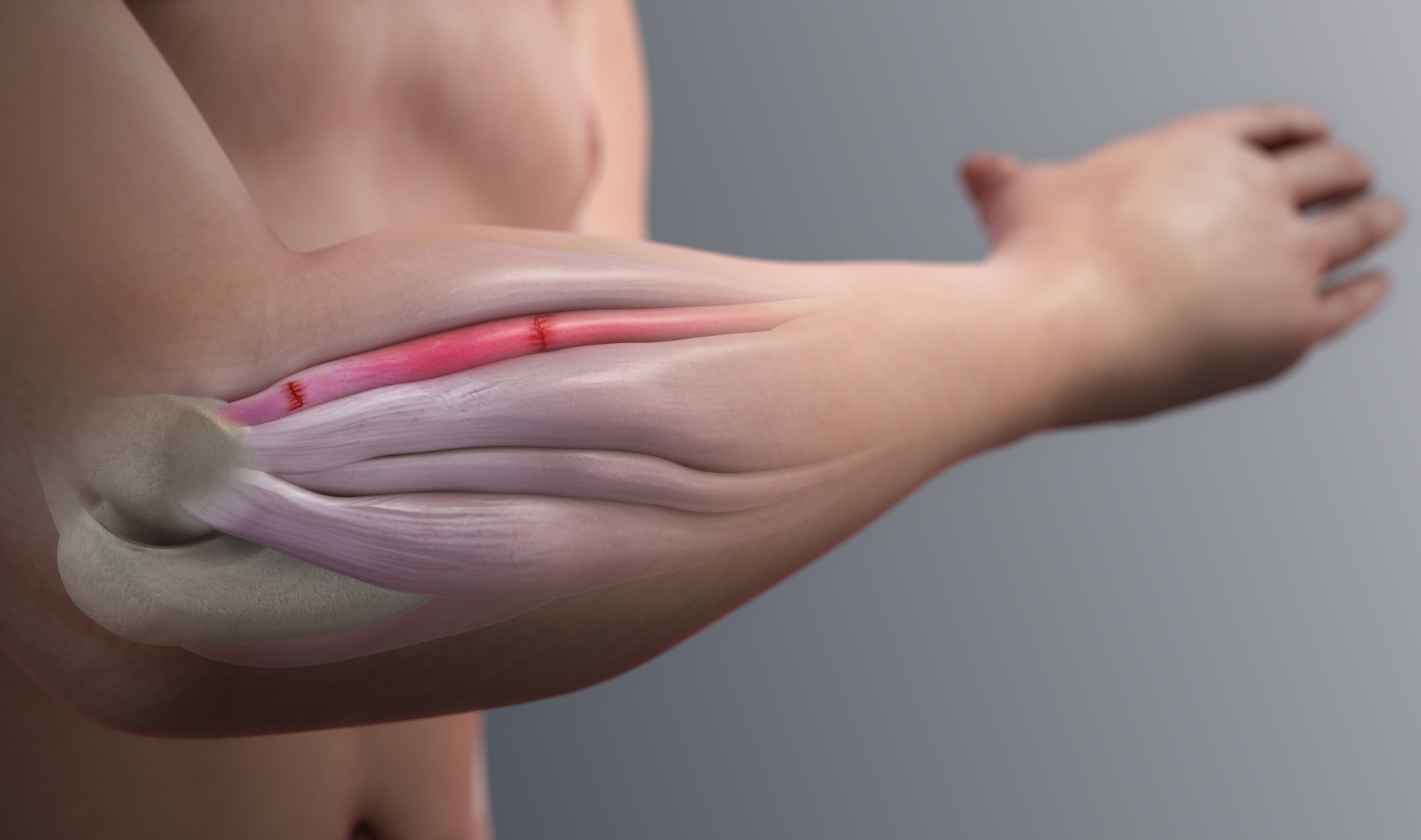Today, we tackle something a little different. For a while now, the term tendinopathy has been popping up more and more. Just what is it? Let’s find out.
Tendinopathy: The Term
To understand medical terms a little better, we would need to break apart the term. Medical terminology usually has either a prefix or suffix that makes up the name. If you know what the specific prefix or suffix means, you will know what the name is referring to.
Tendinopathy has two parts; the first part tendino-, which refers to the tendon, and -pathy, which is an indicator of some dysfunction, damage, or degeneration. When we put those two together, tendinopathy is the condition where the tendon has some issues (dysfunction, damage, degeneration) with pain and swelling.
Etiology/Causes
Typically, it is related to some activities, and patients often have prolonged pain. Findings include tendinosis, calcification, or partial ruptures in the same tendon. This means that there are probably multiple causes that contribute to tendon pain, whether in your elbows, knees, or ankles.
Most of the cases are in the elderly athletic population. This makes sense if you think about it. There is this common knowledge that people are in their prime around the early to mid-20s. However, by the late 20s, people start getting injuries and pains. What happens is that when someone is in their 30s, their cell function begins to decline. As a result, their tendons become more prone to degeneration. Hence, as you age and get older, the tendons become weaker and more prone to overuse.
Other causes include atypical and inappropriate loading volume or frequency. For example, using weights that your body is not used to during training or training too often. These factors could cause the tissue to overload or even underloading, depending on the circumstances.
However, research into tendinopathy is still incomplete. There is still a lot that we do not know about tendinopathy, but with time, we will uncover more.
Summary
This is just the tip of the iceberg. There is much more to cover on this topic, like specific parts of the body affected by this condition. As someone in the health profession, it is crucial to continue educating yourself. If you plan on becoming a fitness instructor, check our post on how to become certified here. If you are ready, hop over to enroll in one of our online courses!
References
Abat, F., Alfredson, H., Cucchiarini, M., Madry, H., Marmotti, A., Mouton, C., Oliveira, J. M., Pereira, H., Peretti, G. M., Romero-Rodriguez, D., Spang, C., Stephen, J., van Bergen, C. J. A., & de Girolamo, L. (2017). Current trends in tendinopathy: Consensus of the ESSKA basic science committee. Part I: Biology, biomechanics, anatomy and an exercise-based approach. Journal of Experimental Orthopaedics, 4(1), 18-18. https://doi.org/10.1186/s40634-017-0092-6
